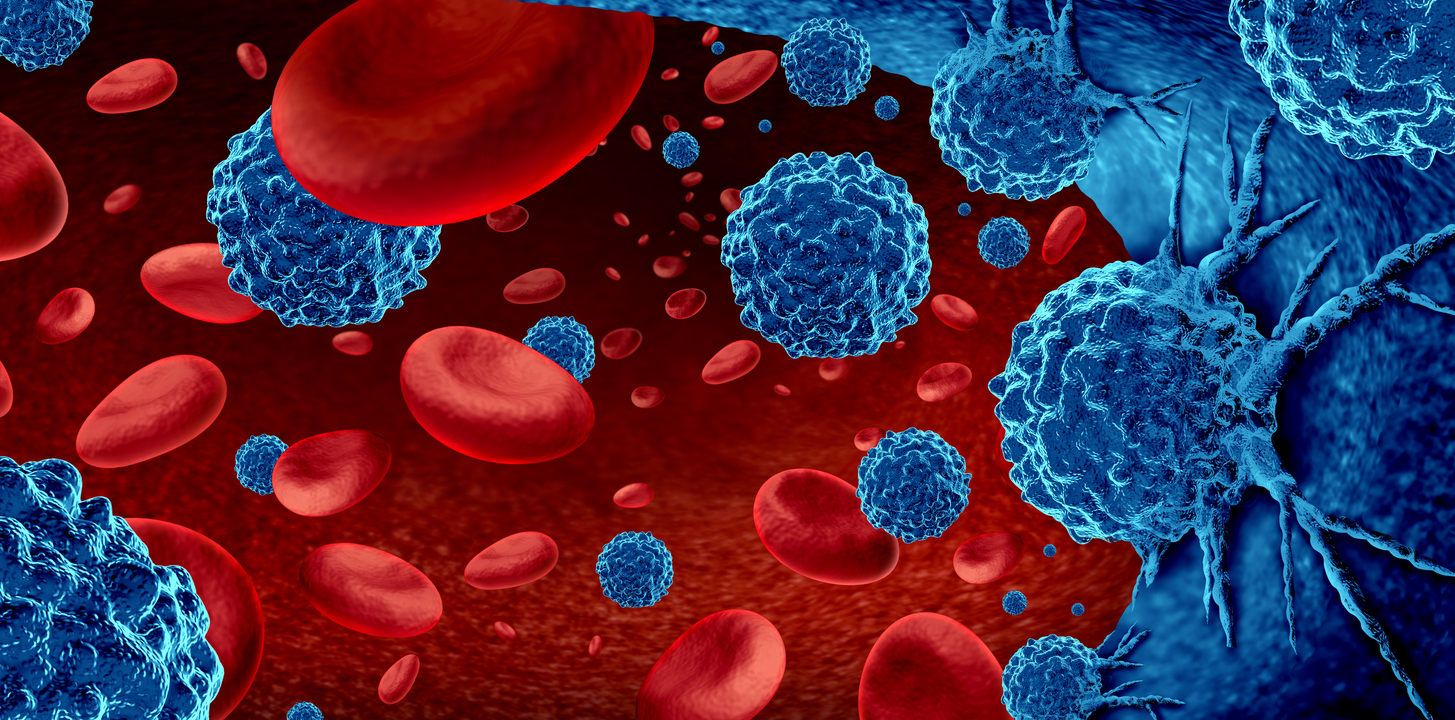Vaccination has been the cornerstone of global efforts to combat the COVID-19 pandemic. The administration of two doses of COVID-19 vaccines has been a widely recommended strategy to enhance immune response and provide optimal protection against the virus. In this article, we will delve into the global research and clarify controversies surrounding the need for a second dose of vaccination. The information presented is based on research publications available until September 2021, offering insights into the importance of completing the recommended vaccination regimen.
-
Enhancing Immune Response: Research studies published in reputable journals such as The New England Journal of Medicine, The Lancet, and Science have consistently highlighted the significance of the second dose in generating a robust and durable immune response against SARS-CoV-2, the virus that causes COVID-19. These studies have demonstrated that a single dose may provide some level of protection, but the full potential of the vaccine is realized only after completion of the recommended two-dose schedule.
-
Efficacy and Effectiveness: Clinical trials conducted by vaccine manufacturers, including Pfizer-BioNTech, Moderna, AstraZeneca, and Johnson & Johnson, have reported high efficacy rates for their respective vaccines based on two-dose regimens. Real-world data from countries such as Israel, the United Kingdom, and the United States have also demonstrated the effectiveness of completing the two-dose vaccination schedule in reducing severe illness, hospitalizations, and deaths caused by COVID-19.
-
Clarifications from International Agencies: Global health authorities and international agencies, including the World Health Organization (WHO), the U.S. Centers for Disease Control and Prevention (CDC), and the European Medicines Agency (EMA), have consistently emphasized the importance of completing the full vaccination schedule. These agencies have provided clarifications to address controversies surrounding the need for a second dose.
The WHO has recommended completing the recommended vaccine regimen to achieve optimal protection against COVID-19. The CDC and EMA have echoed similar guidance, highlighting that the second dose not only enhances immune response but also provides longer-lasting immunity and potentially protects against emerging variants of the virus.
- Addressing Vaccine Hesitancy and Controversies: Vaccine hesitancy and concerns about the necessity of a second dose have been raised in some quarters. However, it is important to note that global research consistently supports the importance of completing the recommended vaccination schedule. By providing comprehensive information, addressing concerns, and promoting vaccine education, health authorities can help address vaccine hesitancy and ensure higher rates of vaccination coverage.
Based on research publications available until September 2021, completing the recommended two-dose regimen for COVID-19 vaccines has been consistently shown to enhance immune response, efficacy, and effectiveness. Global health agencies, including the WHO, CDC, and EMA, have clarified the necessity of the second dose in providing optimal protection against the virus. By emphasizing the importance of completing the full vaccination schedule, addressing concerns, and promoting vaccine education, we can overcome vaccine hesitancy and maximize the impact of COVID-19 vaccination efforts worldwide.


















